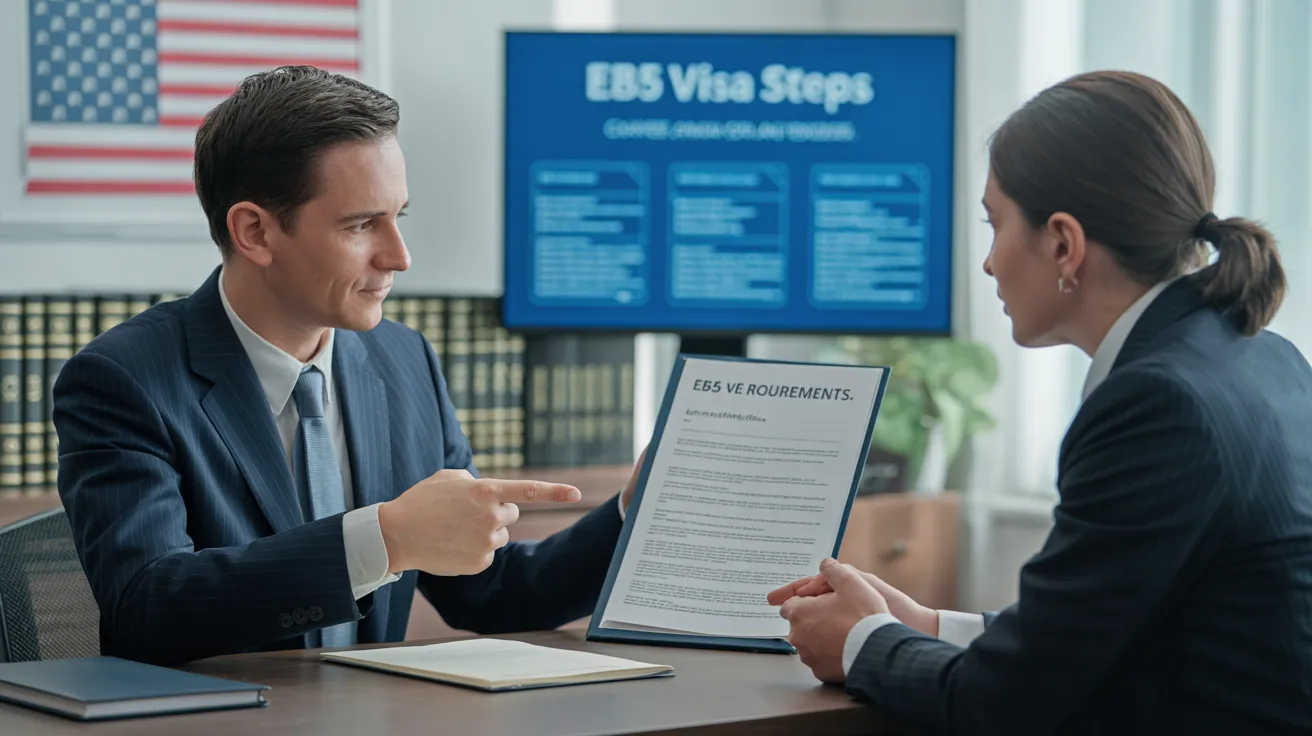L1 Visa for Beginners
Table of Contents9 Simple Techniques For L1 Visa5 Simple Techniques For L1 Visa6 Easy Facts About L1 Visa DescribedThe Best Guide To L1 VisaThe Basic Principles Of L1 Visa Get This Report on L1 Visa
Readily Available from ProQuest Dissertations & Theses Global; Social Science Costs Collection. DHS Workplace of the Examiner General. Gotten 2023-03-26.
United State Department of State. Gotten 2023-02-08. Tamen, Joan Fleischer (August 10, 2013).
L1 Visa Can Be Fun For Anyone
In order to be qualified for the L-1 visa, the international business abroad where the Beneficiary was used and the united state firm must have a certifying partnership at the time of the transfer. The different sorts of certifying partnerships are: 1. Parent-Subsidiary: The Moms and dad indicates a firm, corporation, or other lawful entity which has subsidiaries that it possesses and manages."Subsidiary" implies a company, firm, or other legal entity of which a parent has, directly or indirectly, greater than 50% of the entity, OR owns less than 50% however has monitoring control of the entity.
Example 1: Firm A is included in France and uses the Beneficiary. Business B is integrated in the U.S. and wants to seek the Recipient. Firm An owns 100% of the shares of Company B.Company A is the Parent and Firm B is a subsidiary. For that reason there is a certifying relationship in between the two business and Company B must be able to fund the Recipient.
Firm An owns 40% of Business B. The staying 60% is owned and regulated by Business C, which has no connection to Company A.Since Company A and B do not have a parent-subsidiary connection, Firm A can not fund the Beneficiary for L-1.
Firm A possesses 40% of Business B. The continuing to be 60% is had by Firm C, which has no relation to Business A. However, Company A, by formal arrangement, controls and complete takes care of Company B.Since Firm An owns less than 50% of Company B however handles and manages the business, there is a certifying parent-subsidiary connection and Company A can sponsor the Recipient for L-1.
8 Simple Techniques For L1 Visa
Affiliate: An affiliate is 1 of 2 subsidiaries thar are both possessed and regulated by the very same parent or individual, or possessed and regulated by the very same team of individuals, in primarily the very same ratios. a. Instance 1: Business A is incorporated in Ghana and uses the Beneficiary. Company B is integrated in the U.S.
Company C, likewise included in Ghana, owns 100% of Company A and 100% of Business B.Therefore, Business A and Firm B are "affiliates" or sister companies and a certifying connection exists in between both companies. Business B need to be able to sponsor the Beneficiary. b. Example 2: Firm A is included in the united state
Business A is 60% possessed by Mrs. Smith, 20% had by Mr. Doe, and 20% owned by Ms. Brown. Company B is integrated in Colombia and presently uses the Recipient. Firm B is 65% possessed by Mrs. Smith, 15% possessed by Mr. Doe, and 20% owned by Ms. Brown. Business L1 Visa requirements A and Company B are associates and have a certifying connection in two various ways: Mrs.
The L-1 visa is an employment-based visa group established by Congress in 1970, permitting international business to move their managers, executives, or vital personnel to their united state operations. It is generally described as the intracompany transferee visa. There are 2 primary kinds of L-1 visas: L-1A and L-1B. These kinds appropriate for employees hired in various placements within a firm.

Additionally, the beneficiary should have worked in a managerial, executive, or specialized worker placement for one year within the 3 years preceding the L-1A application in the international company. For new workplace applications, foreign work has to have been in a supervisory or executive capacity if the beneficiary is pertaining to the USA to work as a supervisor or exec.
Some Known Questions About L1 Visa.

If granted for an U.S. business operational for even more than one year, the preliminary L-1B visa is for up to three years and can be extended for an added two years (L1 Visa). Alternatively, if the U.S. company is newly developed or has been operational for much less than one year, the first L-1B visa is released for one year, with extensions available in two-year increments
The L-1 visa is an employment-based visa classification developed by Congress in 1970, enabling international companies to transfer their managers, execs, or essential personnel to their united state operations. It is typically described as the intracompany transferee visa. There are 2 major kinds of L-1 visas: L-1A and L-1B. These kinds are ideal for staff members employed in various settings within a firm.
The Of L1 Visa
In addition, the recipient must have worked in a supervisory, executive, or specialized employee placement for one year within the three years preceding the L-1A application in the foreign business. For brand-new office applications, foreign work should have been in a managerial or executive capability if the beneficiary is pertaining to the USA to L1 Visa attorney function as a supervisor or exec.
for as much as 7 years to manage the procedures of the united state associate as an exec or supervisor. If provided for a united state business that has actually been operational for even more than one year, the L-1A visa is originally provided for approximately three contact us years and can be extended in two-year increments.
If provided for an U.S. business functional for even more than one year, the preliminary L-1B visa is for as much as 3 years and can be prolonged for an added 2 years. Alternatively, if the united state firm is recently developed or has been operational for much less than one year, the first L-1B visa is released for one year, with extensions offered in two-year increments.